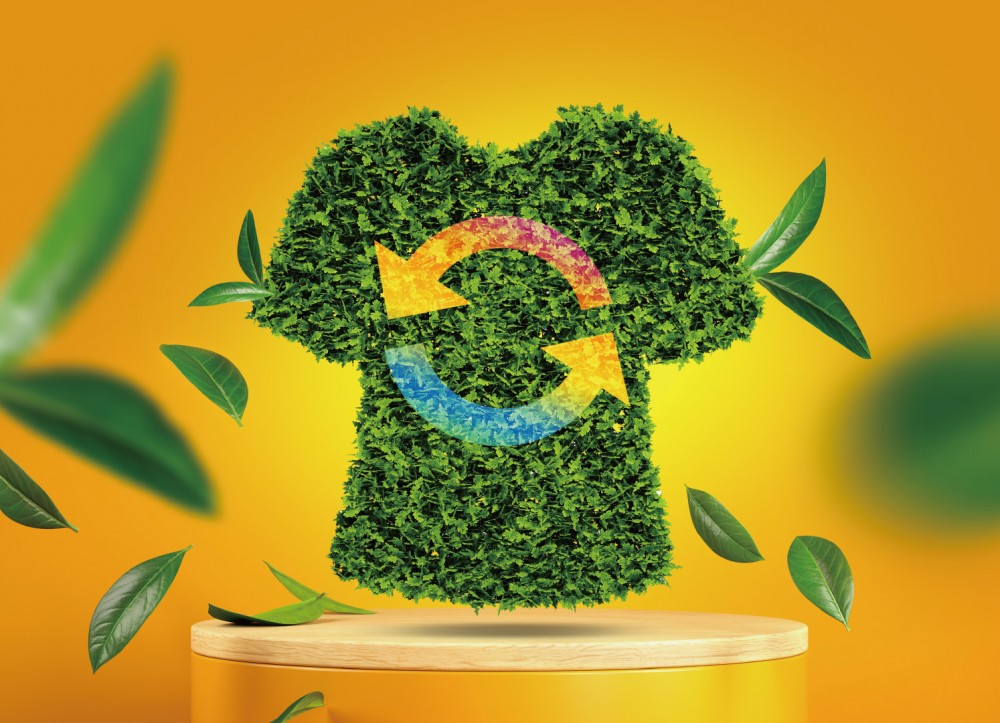 The fashion industry is said to be the second most polluting industry in the world. Coupled with the emergence of “fast fashion”, the industry places a heavy burden on Earth in the process of design, production and sales. In recent years, many fashion brands or industry insiders have increasingly focused on the concept of sustainability, adopting a zero waste approach in areas such as material selection, production and supply chain to promote the notion of sustainable fashion to the public.
The fashion industry is said to be the second most polluting industry in the world. Coupled with the emergence of “fast fashion”, the industry places a heavy burden on Earth in the process of design, production and sales. In recent years, many fashion brands or industry insiders have increasingly focused on the concept of sustainability, adopting a zero waste approach in areas such as material selection, production and supply chain to promote the notion of sustainable fashion to the public.
Edwin Keh: Textile and Fashion Industry Moves Towards High Value-Added Production
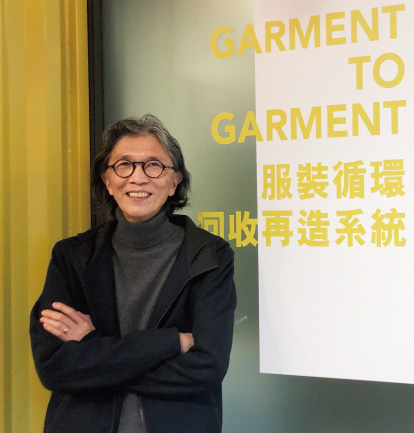
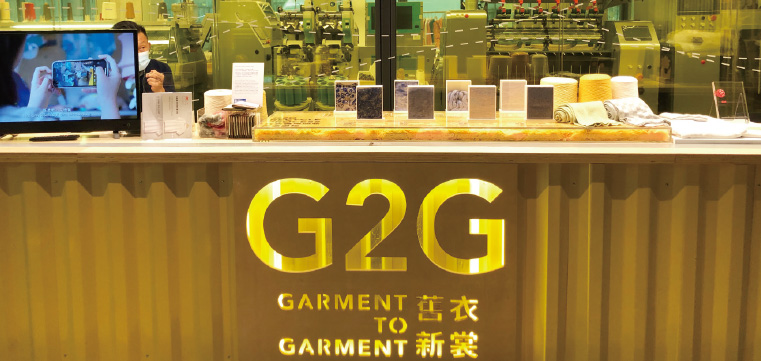 Last year, the China National Textile and Apparel Council announced that the textile and apparel industry has become the second most polluting industry in the world, after the oil industry. Following the rapid development of “fast fashion”, the damage the industry causes to the environment is becoming increasingly serious and noticeable. Amid the trend of sustainable development, “reaching peak carbon emissions and achieving carbon neutrality” have become the global environmental sustainability goals of various countries and regions, accelerating the development of green and low-carbon development, and continuously improving the quality of the ecological environment, which are also the future focus of the textile and apparel industry in Hong Kong and around the world.
Last year, the China National Textile and Apparel Council announced that the textile and apparel industry has become the second most polluting industry in the world, after the oil industry. Following the rapid development of “fast fashion”, the damage the industry causes to the environment is becoming increasingly serious and noticeable. Amid the trend of sustainable development, “reaching peak carbon emissions and achieving carbon neutrality” have become the global environmental sustainability goals of various countries and regions, accelerating the development of green and low-carbon development, and continuously improving the quality of the ecological environment, which are also the future focus of the textile and apparel industry in Hong Kong and around the world.
The textile and apparel industry has made significant contributions to Hong Kong’s economic and social development since the arrival of the first group of textile merchants from Shanghai in the 1940s. Changes such as the removal of global textile and clothing quotas in 2005, trade liberalisation and China’s accelerated opening up of import trade have resulted in competition for Hong Kong’s textile and apparel industry from global trade. Edwin Keh, Chief Executive Officer of the Hong Kong Research Institute of Textiles and Apparel Limited (HKRITA), said that to meet the needs of the new era and the challenges of sustainable development, the HKRITA was established in 2006 to facilitate the textile and fashion industry’s move towards high value-added production and services to enhance its competitiveness in the international market through R&D and technology transfer. So far, the HKRITA has 121 intellectual property rights and 86 patent applications, and won numerous awards at home and abroad.
To further carry out R&D projects and transfer relevant technologies to the industry, the HKRITA adopted a more proactive approach in launching its own R&D projects in late 2014 and set up its own R&D team and research laboratory. In Keh’s view, as Hong Kong has limited space due to its scarcity in land and dense population, it is necessary to further explore completing textile and apparel production processes in limited spaces while taking into account the needs for sustainability, such as recycling.
New life for used garment in 48 hours
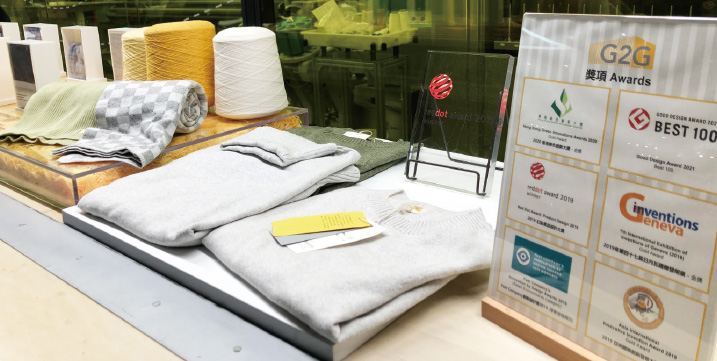 In view of this, the HKRITA, in collaboration with H&M Foundation and Novetex Textiles Limited, launched the “Garment to Garment (G2G) Recycle System” project in 2017, which moved to The Mills the following year. Keh explained that the system is a mini-scale production line that recycles post-consumer garments into clean and wearable clothes. “The whole process does not need water or dyeing, and only takes about 4 to 48 hours to give used garments a new life.”
In view of this, the HKRITA, in collaboration with H&M Foundation and Novetex Textiles Limited, launched the “Garment to Garment (G2G) Recycle System” project in 2017, which moved to The Mills the following year. Keh explained that the system is a mini-scale production line that recycles post-consumer garments into clean and wearable clothes. “The whole process does not need water or dyeing, and only takes about 4 to 48 hours to give used garments a new life.”
He went on to say that the entire process involves sanitising the collected garment, cutting/opening/mixing/carding/spinning the fabric, and knitting into garment form. The complete garment-to-garment process takes place in a standard 40-foot container. With its anti-vibration, noise and dust-controlled design, the production line effectively minimises the noise and disturbance to nearby businesses. Therefore, the system can be operated within community spaces such as shopping malls.
The G2G system has gone through several modifications and the one now situated at The Mills is its second generation while its first generation is fully operational in H&M’s fashion store in Stockholm, Sweden. The container is made of glass, allowing a clear view of its inner workings. The system, which features an AI algorithm developed to analyse the condition and fabrics of the used garments, offers a selection of design styles such as crew neck, V neck and turtleneck sweater, sweater dress and scarf for personalisation.

Meet environmental challenges with creativity
 ““This a practical and highly transparent environmental education project that raises people’s environmental awareness by enabling them to experience the process of recycling used garments.” Keh said that except for raincoats, which cannot be recycled, used garments of other materials can be recycled through this system while ensuring the quality of the garments, and they can be recycled many times to reduce material waste and benefit the society.
““This a practical and highly transparent environmental education project that raises people’s environmental awareness by enabling them to experience the process of recycling used garments.” Keh said that except for raincoats, which cannot be recycled, used garments of other materials can be recycled through this system while ensuring the quality of the garments, and they can be recycled many times to reduce material waste and benefit the society.
Keh praised Hong Kong’s textile industry for its strong versatility. The industry has accumulated extensive experience through its long history of development. It maintains close business contacts with domestic and overseas enterprises and has been in collaboration with universities on different R&D projects over the years. All these help the industry move forward. He is convinced that the “Made in Hong Kong” international textile brand can continue to play an important role in the international market and hopes that systems like G2G can inspire more creative and environmentally friendly solutions to meet environmental challenges.
Corane Chu: Promoting Circular Fashion Through Activities and Education

Clothes have heavy impact despite seemingly lightweight
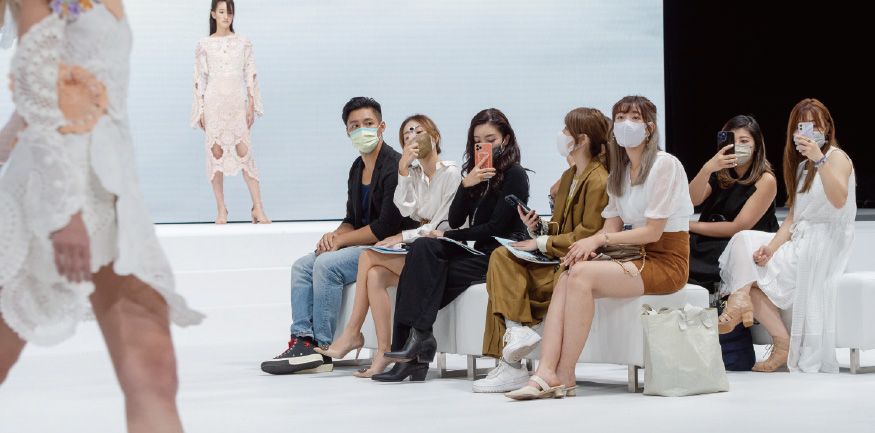 According to the Environmental Protection Department, Hong Kong generates over 370 tonnes of textile waste per day, equivalent to about 1,500 T-shirts being discarded every minute, which is nothing short of alarming. Corane Chu, Circular Fashion Programme Manager of Redress, said that Hong Kongers often think of changing diet or using public transport more often when it comes to environmental protection, but they may not realise that fashion, which is closely knitted with our everyday lives, actually has a huge impact on the environment.
According to the Environmental Protection Department, Hong Kong generates over 370 tonnes of textile waste per day, equivalent to about 1,500 T-shirts being discarded every minute, which is nothing short of alarming. Corane Chu, Circular Fashion Programme Manager of Redress, said that Hong Kongers often think of changing diet or using public transport more often when it comes to environmental protection, but they may not realise that fashion, which is closely knitted with our everyday lives, actually has a huge impact on the environment.
On the face of it, clothes do not appear to be damaging to the environment since they are usually not used only once and then discarded. But the devil is in the details. Chu said that clothes can have a huge impact on the environment if details such as the materials for their design, the tools and methods for making them, how to transport them, how to pack them, and how consumers take care and dispose of them are not handled properly. However, Hong Kongers, who have a strong purchasing power and love to spend, are mostly not aware of this. Therefore, against this backdrop, Redress was established in 2007 with the aim of equipping Hong Kongers with a new concept of “circular fashion” through activities and education.
Preconceptions about used clothes
 Hong Kongers love to travel to Japan. Many young Hong Kongers especially like to go treasure-hunting to look for used clothes of their desire in places where there is a density of vintage shops, such as Shimokitazawa in Tokyo. Yet, back in Hong Kong, they may not be interested in shopping at local secondhand clothing stores. Chu said that these stores are usually deserted as people traditionally have negative feelings about secondhand clothing and most consumers think that local used clothes are inferior in terms of hygiene, quality and style even before getting a look at them. At Redress, part of their work is to select 10% of the best-quality used clothes they have collected to sell them in their secondhand stores. “Actually, it can clearly be seen that the quality of the used clothes is not as bad as imagined. Many of the donated clothes are actually new clothes with price tags still on them.” She confessed that she has switched to secondhand sources for most of her clothes since joining Redress.
Hong Kongers love to travel to Japan. Many young Hong Kongers especially like to go treasure-hunting to look for used clothes of their desire in places where there is a density of vintage shops, such as Shimokitazawa in Tokyo. Yet, back in Hong Kong, they may not be interested in shopping at local secondhand clothing stores. Chu said that these stores are usually deserted as people traditionally have negative feelings about secondhand clothing and most consumers think that local used clothes are inferior in terms of hygiene, quality and style even before getting a look at them. At Redress, part of their work is to select 10% of the best-quality used clothes they have collected to sell them in their secondhand stores. “Actually, it can clearly be seen that the quality of the used clothes is not as bad as imagined. Many of the donated clothes are actually new clothes with price tags still on them.” She confessed that she has switched to secondhand sources for most of her clothes since joining Redress.
Blending education with competition and working with brands
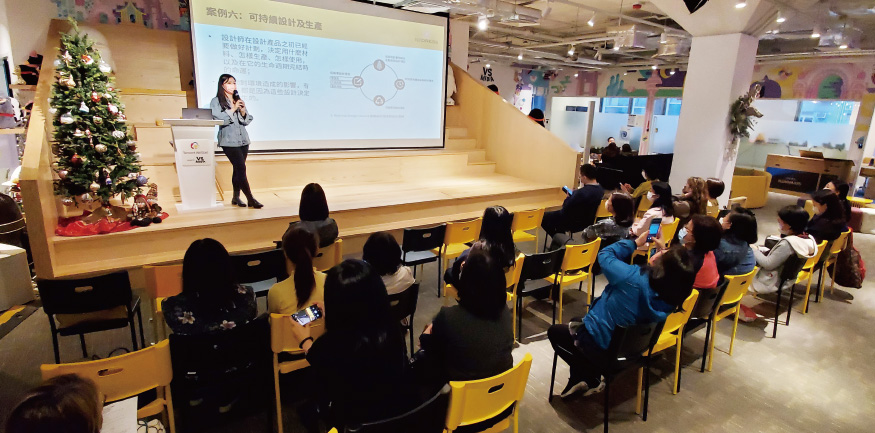 Chu said that shopping in Hong Kong is all too easy. One can even buy new clothes at MTR stations. It is so convenient that people will not suddenly consider wearing secondhand clothes. Therefore, Redress wants to drive education on circular fashion in such a society, and the approach it adopts is unlike anything else. The best example is none other than the Redress Design Award. Different from most fashion design competitions, Redress requires participants to attend talks to understand its philosophy on environmental protection before applying what they have learned to the design competition. Winning designers stand a chance to work with major brands to further promote circular fashion.
Chu said that shopping in Hong Kong is all too easy. One can even buy new clothes at MTR stations. It is so convenient that people will not suddenly consider wearing secondhand clothes. Therefore, Redress wants to drive education on circular fashion in such a society, and the approach it adopts is unlike anything else. The best example is none other than the Redress Design Award. Different from most fashion design competitions, Redress requires participants to attend talks to understand its philosophy on environmental protection before applying what they have learned to the design competition. Winning designers stand a chance to work with major brands to further promote circular fashion.
In addition, Redress will collaborate with major brands to not only give educational talks at small, medium and large enterprises, but also place collection boxes in retail stores to let ordinary consumers know of another channel to donate used clothes. Chu explained that high transparency around recycling is especially important to Redress whose objective is environmental protection. They employ a process where the used clothes are carefully sorted, and then strive to ensure the used clothes go to suitable new owners in Hong Kong, thus extending their lives. In contrast, some recycling agencies actually just send the whole pile of used clothes for sale in developing countries, which often means shifting the issue of garment waste to other countries instead of really solving environmental problems.
Implant awareness in minds of next generation early
 Chu added that Redress also focuses on youth education. In partnership with schools, Redress places collection boxes, hold talks and activities, and even publish children's books with the aim of embedding the awareness of circular fashion in the minds of the next generation as early as possible. Although many activities have been suspended in the past two years amid the epidemic, there are also opportunities in the crisis. Students having to spend more time at home has led to their designs getting online to promote the idea of circular fashion. She hopes that the epidemic can make more consumers stop and reflect on their usual fashion buying habits. In fact, the entire ecology of the earth can benefit if everyone thinks more about how to be more environmentally friendly before buying or disposing of a piece of clothing.
Chu added that Redress also focuses on youth education. In partnership with schools, Redress places collection boxes, hold talks and activities, and even publish children's books with the aim of embedding the awareness of circular fashion in the minds of the next generation as early as possible. Although many activities have been suspended in the past two years amid the epidemic, there are also opportunities in the crisis. Students having to spend more time at home has led to their designs getting online to promote the idea of circular fashion. She hopes that the epidemic can make more consumers stop and reflect on their usual fashion buying habits. In fact, the entire ecology of the earth can benefit if everyone thinks more about how to be more environmentally friendly before buying or disposing of a piece of clothing.




